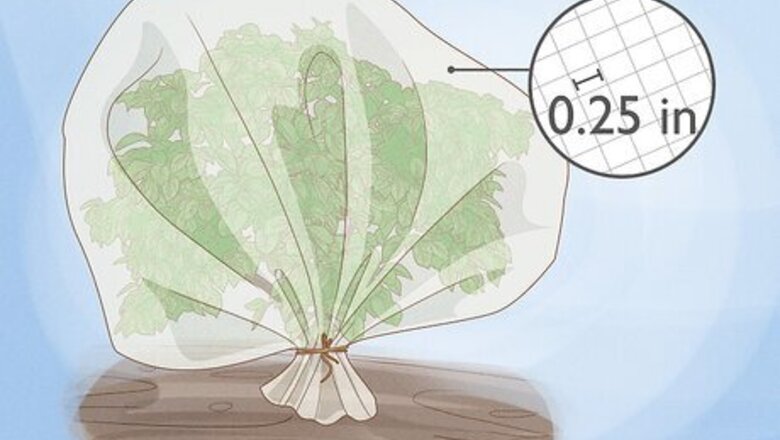
views
Preventing Cicada Damage
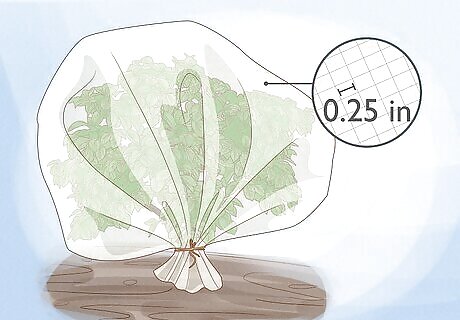
Cover smaller plants with mesh bug nets. Cicadas aren’t considered a huge threat to your plants, and won’t typically cause damage by eating them. But they do lay eggs inside plants, which can overwhelm the smaller ones. Drape mesh or netting with holes smaller than 0.25 in (0.64 cm) over your shrubs and garden to protect them during cicada season. Leave the covering on until 1-2 weeks after the cicadas have left. Secure the mesh around the stems with twist ties or pin it to the ground around the plants to prevent cicadas from climbing upward or accessing the roots below. Mature trees will most likely suffer some damage, but are usually hardy enough to withstand it. You might also wrap trunks with barrier tape to dissuade climbing.
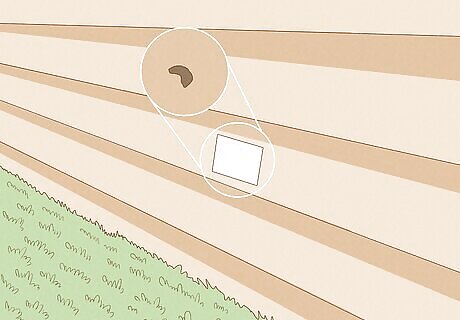
Patch any holes in your home to prevent cicadas from entering. Cicadas prefer to feed, lay eggs, and mate near plants and out-of-doors, so indoor infestations are rare. That said, inspect the interior and exterior of your home for any holes larger than about 0.5 in (1.3 cm) and patch them up to prevent the odd cicada from visiting. Use the same bug-proof mesh you used to cover your plants, or opt for a more permanent fix, like sealing it with drywall.

Cover any open pools and move patio furniture indoors. Cicadas are mostly interested in your shrubs and trees, even if they’re not necessarily eating them. That said, cicadas do molt and leave behind their exoskeletons, so prevent them from molting (or more rarely, laying eggs) on your patio furniture by moving it into the garage. Also, cover any pools or hot tubs to prevent cicadas from falling in and polluting them.
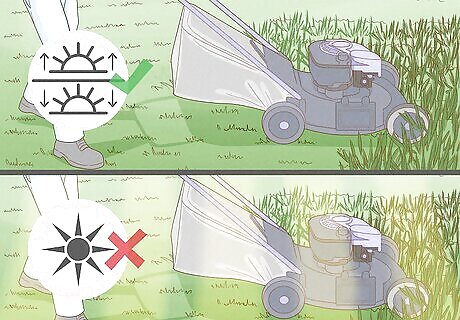
Perform yard work in the morning or at dusk. Male cicadas vibrate and “sing” to attract mates. Some contractors have reported their power tools attracting cicadas, as they vibrate similarly to cicada song. To prevent attracting more cicadas, limit lawn work, like mowing, to early morning or dusk, when cicadas are least active.
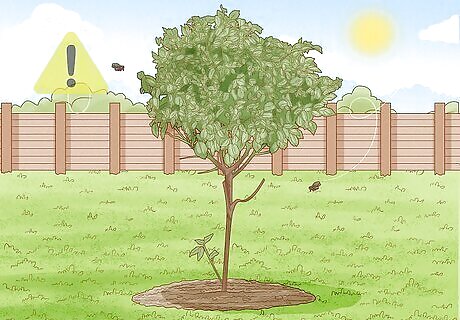
Wait until after a cicada year to plant new trees. Young trees are more at-risk for cicada damage, so it’s generally recommended that, if you plan to plant anything new, you do it after a cicada season, or 2 years beforehand. Trees that are especially at-risk include fruit trees, oak, maple, chestnut, dogwood, elm, and ash.
Controlling Cicadas
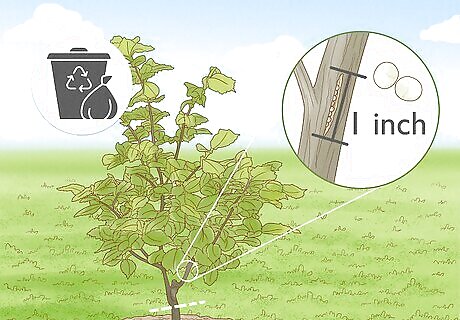
Prune and dispose of any plants with cicada eggs. About a week after the cicadas appear, venture out and examine your plants. Mature trees usually don’t need any help recovering, but inspect younger plants for small, 1 in (2.5 cm) scars, where cicadas burrow and lay eggs. Use shears to prune these away and discard or burn them, to prevent further damage.
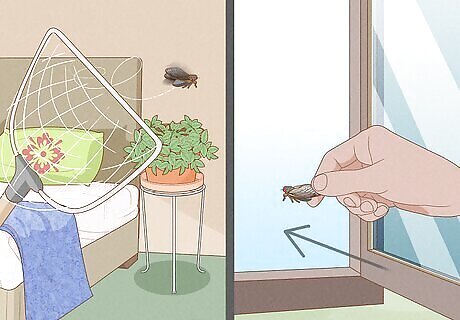
Remove any cicadas from your house manually. Cicadas are large, so they might give you the ick, but it also means they’re slow and easy to capture. Use your hands, a bug net, or even the old slip of paper under a cup trick to catch a cicada that’s found its way indoors, and release it outside. Remember: they won’t hurt you! Remember that cicadas are unlikely to lay eggs or eat anything indoors, but if you find one inside, check your houseplants for signs of damage, and prune off any scarred leaves or stems. Even if a cicada does lay eggs inside, infestations are rare, since they feed on roots and burrow in the ground, which aren’t possible indoors.
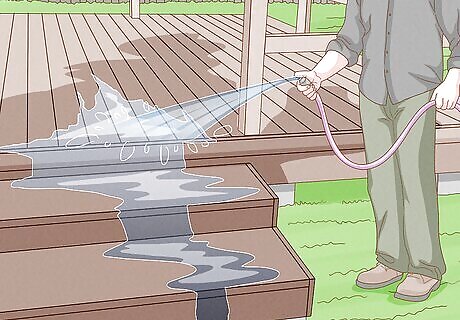
Hose down trees or other property to knock down cicadas. While cicadas don’t pose a threat to large trees, porches, patios, or other property, you can impede them by spraying them with a hose. Use an attachment to focus the water’s stream and “scrape” them off of surfaces, and dissuade them from returning. That said, this is only a temporary measure. Luckily, cicada flocks are temporary by nature, so more permanent measures usually aren’t needed.
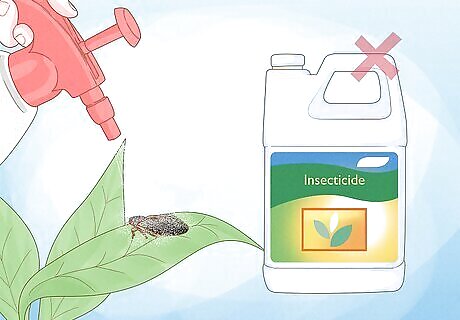
Avoid using insecticides, which are ineffective. Since cicadas are fairly harmless and other preventative measures, like nets, are more effective, experts typically recommend against using pesticides, which don’t tend to work very well against cicadas, anyway, and may harm other beneficial insects. If you’re particularly worried, or operate an agricultural business, use a pyrethoid-based insecticide, which kills quickly, lasts long, and can sometimes repel cicadas. Or, call a professional pest control service to secure your home or garden against cicadas, though even a pro may not be entirely effective against a cicada emergence.
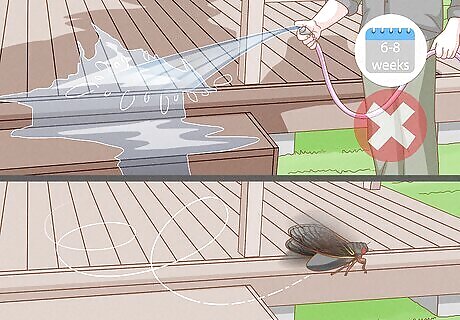
Wait for cicadas to leave on their own. The best remedy for cicadas is time. After all, they’re something of a force of nature: there’s no way to totally prevent them, and they disappear on their own once their above-ground lifecycle runs its course. They’ll move along after about 6-8 weeks, so wait it out, if you can, and enjoy the strange experience!
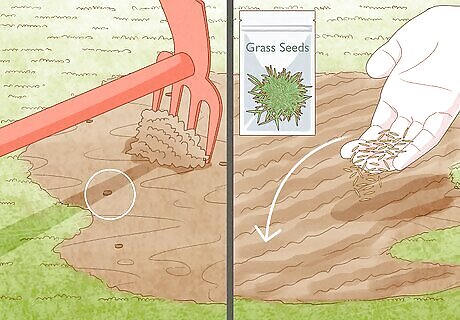
Rake and reseed your lawn after the cicada season. Cicadas emerge from burrows in the ground that may make your lawn unsightly. Luckily, you can simply rake over these burrows to conceal them, then sprinkle grass seed (or your seed of choice) over the area to restore it to its pre-cicada state.
Are cicadas harmful?

Cicadas don’t sting or bite, and aren’t poisonous. Don’t worry! You won’t get chomped or stuck by a cicada. They may be fairly large, and can be off-putting for many, but they don’t pose any threat to humans or other animals, so you, your children, and pets are safe. They’re not even poisonous, so if your pet samples one, it’s no big deal. That said, we wouldn’t recommend letting your pets eat them on purpose. When in doubt, keep pets inside.

Cicadas don’t usually kill large trees or plants. Cicadas only pose a threat to small shrubs or young trees, since they make scars in these in which they lay their eggs. The big tree in your yard that’s been there for years shouldn’t be a concern, but bring in any smaller potted plants, and cover others with netting.
When and where will cicadas emerge in 2024?
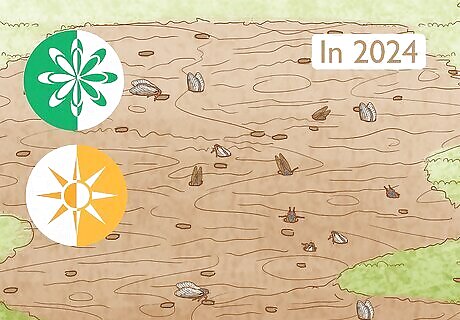
Cicadas will emerge in the spring and summer of 2024. In 2024, 2 different “broods” or batches of cicadas will emerge from the ground. It’s hard to say when exactly, but they’ll emerge in the spring and summer, and likely in a 2-3 week timeframe in May or June, or even late April. These broods include Brood XIII, which emerges every 17 years, and Brood XIX which emerges every 13 years.
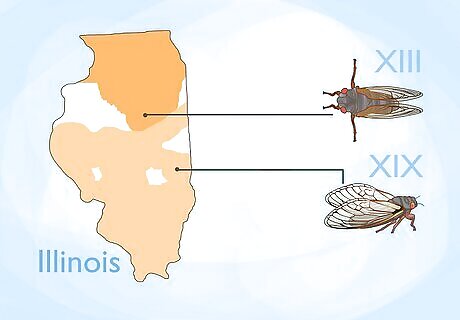
The cicadas will mostly originate in Illinois. Both broods are based in Illinois. Brood XIII emerges in northern Illinois, while XIX is a southern Illinois brood. That said, cicadas will be present in many neighboring states, including Wisconsin, Iowa, Missouri, and Arkansas, and may find their way as far west as Oklahoma, or even east to the coast. Though the broods will emerge simultaneously, their range largely won’t overlap, so there most likely won’t be any more cicadas in any one place than during a usual emergence.
Cicada Life Cycle
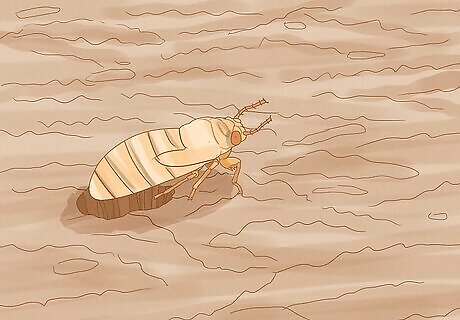
Cicadas emerge annually, or every several years, based on type. Some cicadas emerge every year, and these are called “dog day” or annual cicadas. Periodical cicadas, or cicadas that emerge on cycles of 13 or 17 years, are smaller and have more prominent red or orange coloring. Scientists can’t say for sure why periodical cicadas emerge when they do. Some speculate it had to do with adapting to ice ages, while others say the stilted schedule helps them avoid predators that might otherwise evolve to hunt them.
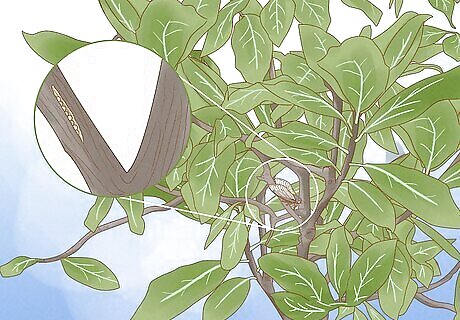
Cicadas lay eggs in trees. After they emerge, cicadas will hang out in trees to look for mates. Once mated, they scrape at tree bark and lay eggs inside the scars, where they hatch after about 6 weeks. Then, after a month, the adults die off and fall out of the trees. Dead cicadas can pile up under trees and cause something of an odor, but they make excellent fertilizer. Feel free to leave them be, or bag them up for disposal.

Cicadas live most of their lives in underground burrows. When cicada eggs hatch, they produce “nymphs” that fall to the ground and burrow into the earth, where they spend the next 1-17 years (depending on species) feeding off nutrients in tree roots. Then, they emerge, climb a tree, molt their exoskeleton, and become mature cicadas ready to do the whole thing over again. Cicadas don’t typically kill off the tree they feed on, unless that tree is particularly young or already weak.



















Comments
0 comment